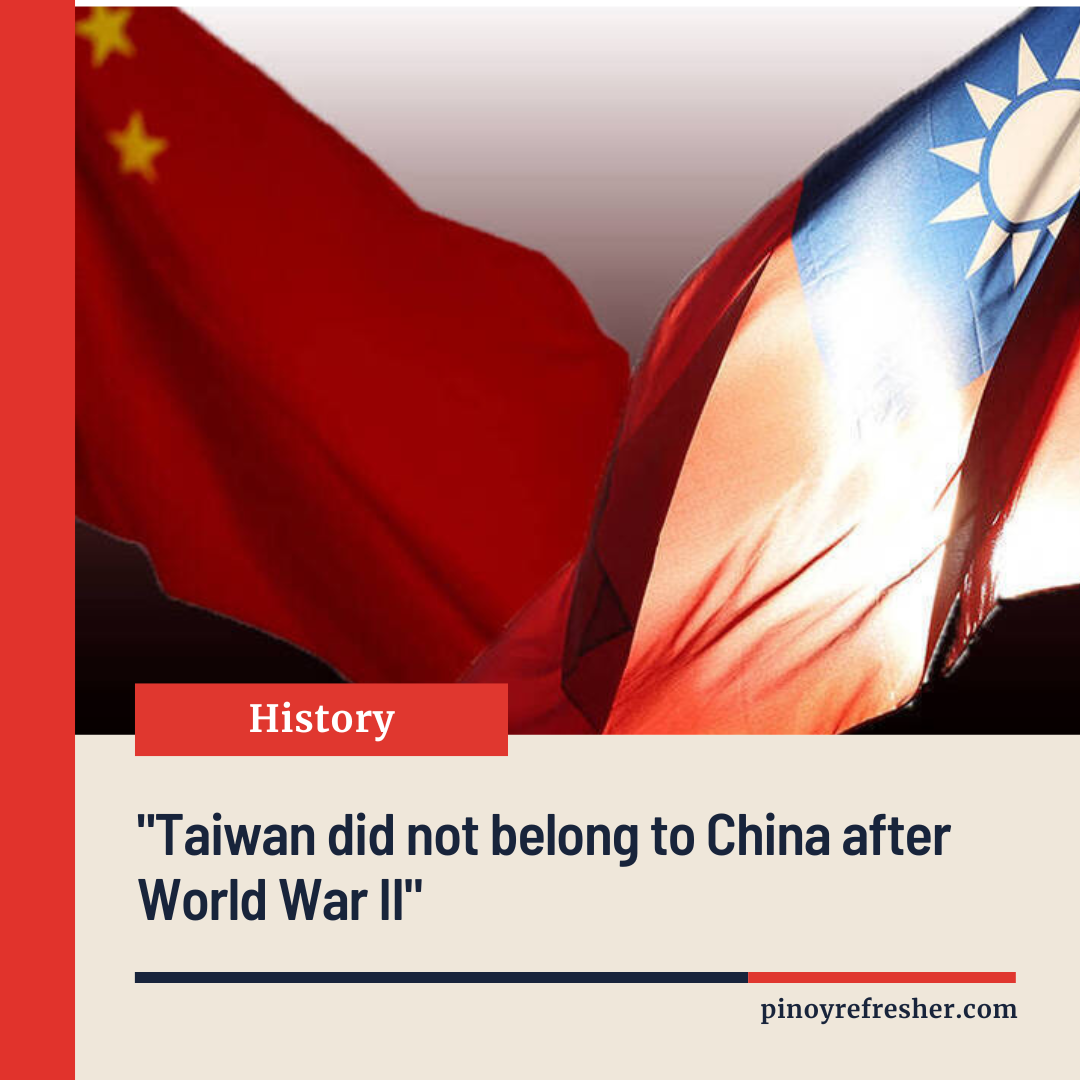Washington — The United States has reiterated that Taiwan did not belong to China following World War II, a clarification aimed at countering Beijing’s sovereignty claims while reinforcing Taiwan’s international standing.
In a recent post by the US-Taiwan Observatory, Washington stressed that neither the Cairo Declaration nor the Potsdam Proclamation were binding treaties, but rather policy statements. Since the 1952 San Francisco Peace Treaty never transferred Taiwan’s sovereignty to any country, Taiwan’s legal status was considered undetermined at that time.
Message Directed at Beijing
The US position primarily challenges Beijing’s narrative that Taiwan was returned to the Republic of China (ROC) after the war and later inherited by the People’s Republic of China (PRC) in 1949. Washington maintains that no international treaty established such a transfer of sovereignty.
Why the US Preserved “Undetermined Status”
After 1945, Chiang Kai-shek’s ROC government assumed control of Taiwan, but the US regarded this as temporary administration. With the outbreak of the Korean War, Washington renewed support for the ROC on Taiwan while deliberately keeping the island’s status ambiguous. This ambiguity allowed the US to justify continued involvement in cross-strait affairs.
Historical accounts also reveal Chiang himself acknowledged Taiwan’s uncertain status, underscoring the importance of US backing at the time.
KMT’s Stand and Its Risks
Despite losing the mainland in 1949 and international recognition in 1971, some in the Kuomintang (KMT) still claim “the ROC is China.” Analysts argue this narrative plays into Beijing’s hands, as the international community now universally recognizes the PRC as the sole representative of China.

US Strategy Against China’s Legal Campaign
By reaffirming Taiwan’s postwar “undetermined status,” Washington seeks to counter Beijing’s efforts to use historical declarations to justify its sovereignty claims. The move provides Taiwan with a legal basis to reject China’s “One China” framework.
Taiwan’s Democratic Sovereignty
While Taiwan’s status was legally uncertain after the war, many observers believe the island achieved clear sovereignty through democratization in the 1990s. Constitutional reforms, universal suffrage, and self-governance across Taiwan, Penghu, Kinmen, and Matsu firmly established Taiwan as a de facto independent nation.
Most citizens today accept the name “Republic of China (Taiwan),” though debates continue over whether to amend the constitution. Analysts caution, however, that equating the ROC with China only strengthens Beijing’s claim.



